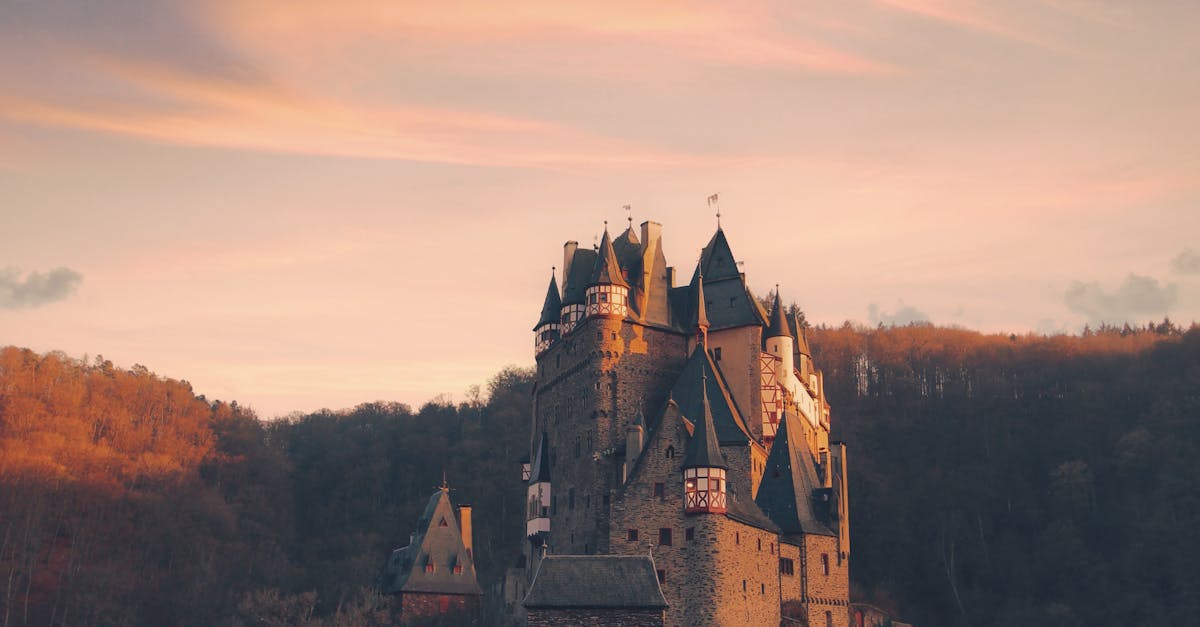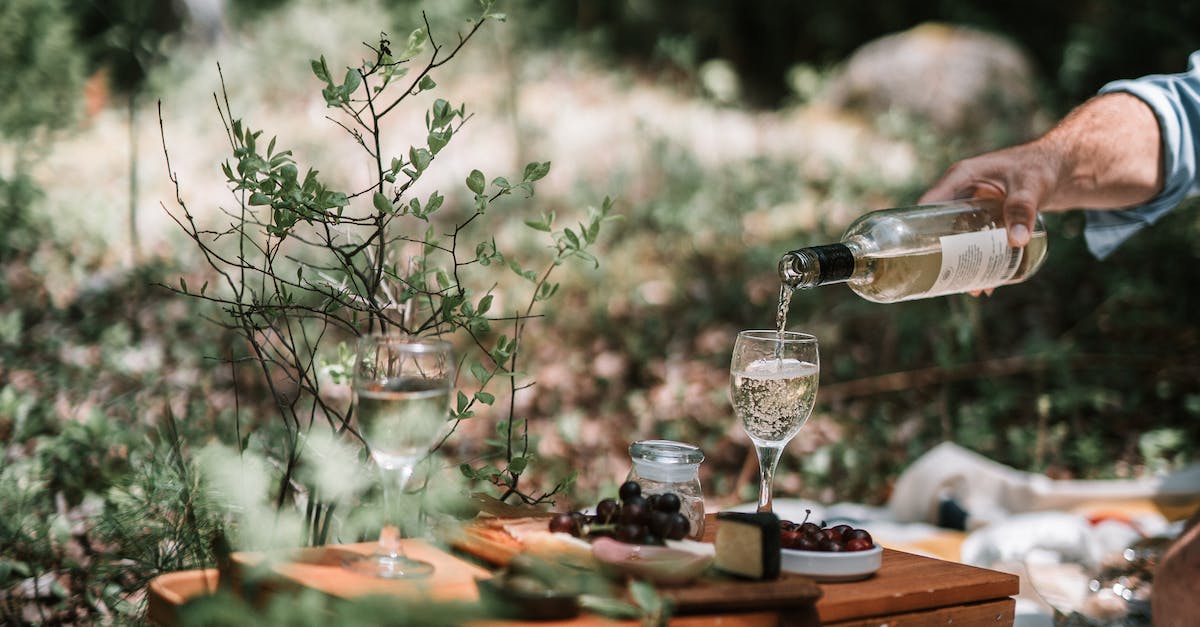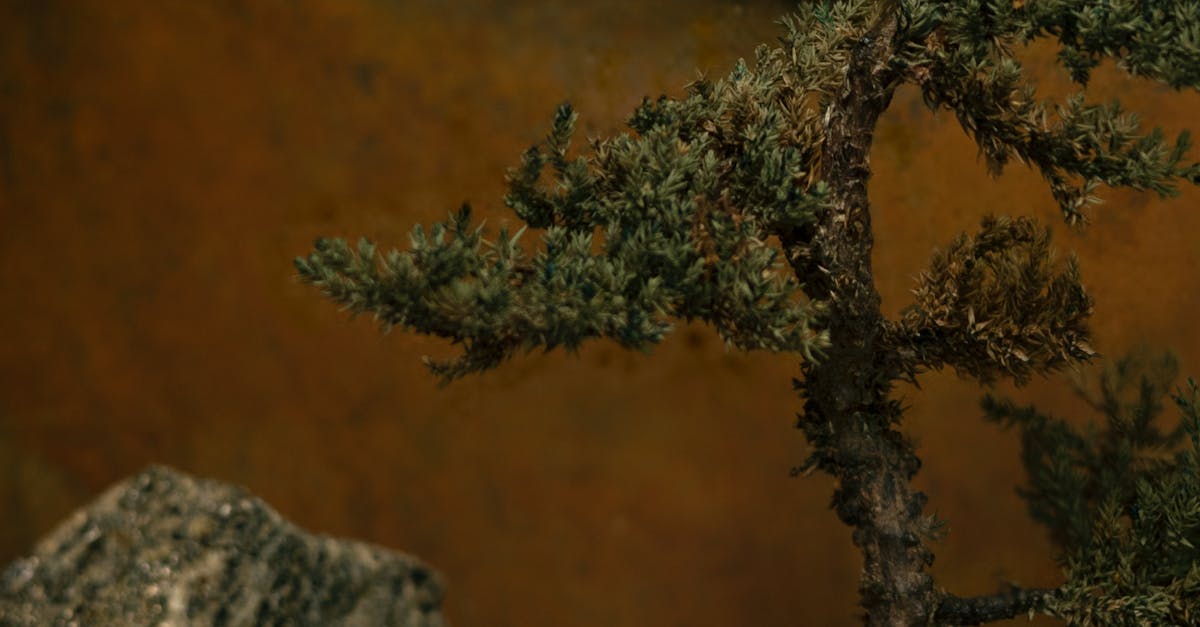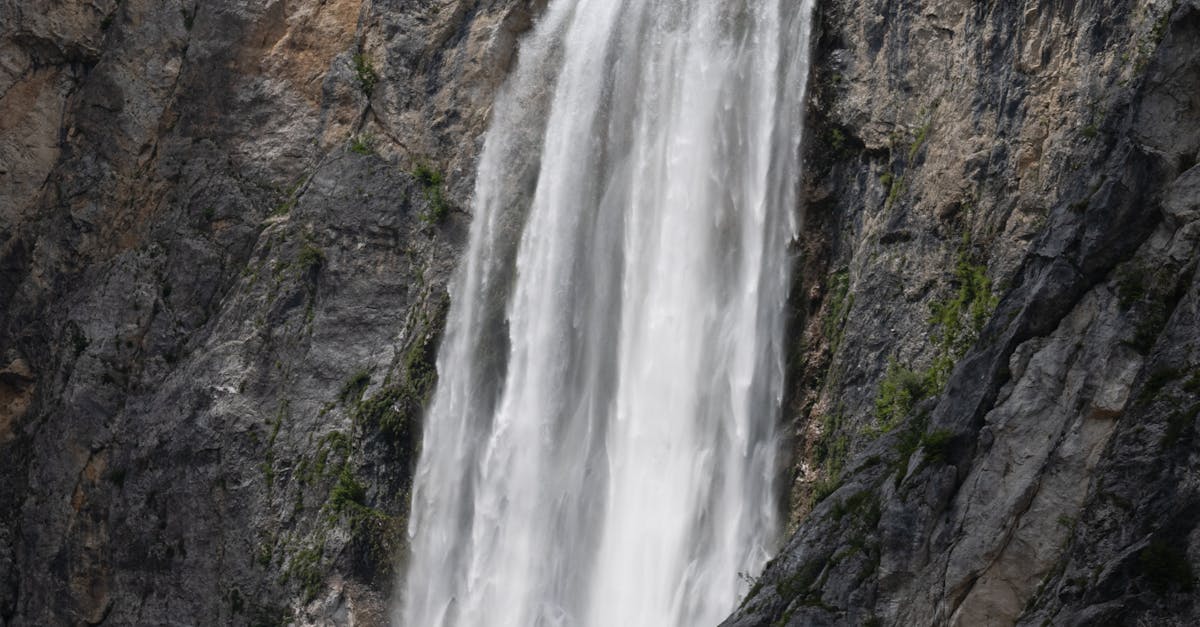The Art of Bonsai Forests: Cultivating Miniature Landscapes

Step into the captivating realm of bonsai forests, where nature’s towering giants are transformed into exquisite miniature landscapes. This ancient Japanese art form embodies the essence of nature’s grandeur, capturing the beauty and majesty of trees within the confines of a pot. Bonsai forests are a testament to the delicate artistry and profound patience of their creators, who meticulously craft these living masterpieces over years, even decades. Within these enchanted miniature worlds, each tree tells a story, shaped and guided by the skilled hands of the bonsai master. By embracing the principles of asymmetry, balance, and harmony, bonsai forests invite us to appreciate the intricate details and boundless wonder of the natural world.
1. The Essence of Bonsai Forests
Bonsai forests are a living testament to the ancient Japanese tradition of bonsai, an art form that has captivated nature enthusiasts for centuries. These miniature landscapes, meticulously crafted by skilled artisans, embody the spirit of nature’s grandeur, capturing the essence of towering trees within the confines of a pot.
Bonsai forests are not merely scaled-down versions of natural forests; they are carefully curated works of art that reflect the artist’s interpretation of nature’s beauty. Each tree is carefully selected and positioned to create a harmonious composition, with attention to scale, balance, and asymmetry. The result is a living masterpiece that invites viewers to contemplate the intricate details and boundless wonder of the natural world.
The creation of bonsai forests requires patience, dedication, and a deep understanding of nature’s rhythms. Bonsai masters spend years, even decades, cultivating and shaping their trees, carefully pruning and wiring branches to achieve the desired aesthetic effect. Through their skilled hands, these miniature trees take on the appearance of ancient giants, weathered by time and shaped by the forces of nature.
Origins and History
The origins of bonsai forests can be traced back to ancient China, where the art of cultivating miniaturized trees flourished in the hands of Taoist monks. These early bonsai practitioners sought to create living representations of the natural world in miniature, capturing the essence of ancient trees and majestic landscapes within the confines of a pot.
The practice of bonsai spread to Japan in the 6th century, where it was embraced by the ruling class and became an integral part of Japanese culture. Japanese bonsai masters developed unique techniques for shaping and training bonsai trees, and the art form evolved into a highly refined and sophisticated practice.
Over the centuries, bonsai forests have become increasingly popular around the world, with enthusiasts in many countries cultivating and展示ing these miniature masterpieces. Today, bonsai forests are recognized as a unique and captivating art form, combining elements of horticulture, sculpture, and landscape design.
Aesthetic Principles
The aesthetics of bonsai forests are rooted in the fundamental principles of asymmetry, balance, and the harmonious interplay between tree and container. Bonsai masters strive to create miniature landscapes that embody the essence of nature’s grandeur, capturing the beauty and majesty of trees within the confines of a pot.
Asymmetry is a key principle in bonsai aesthetics. Bonsai forests are not symmetrical arrangements of trees; rather, they are carefully composed to create a sense of dynamic equilibrium. The trees are arranged in a way that creates visual interest and movement, with varying heights, shapes, and textures.
Balance is another important principle in bonsai aesthetics. Bonsai forests are carefully balanced to create a sense of harmony and stability. The trees are positioned in a way that distributes their weight evenly, creating a sense of visual equilibrium. The container also plays an important role in balancing the composition, providing a stable base for the trees and complementing their overall shape and form.
The harmonious interplay between tree and container is essential in bonsai aesthetics. The container is not merely a vessel for the tree; it is an integral part of the composition. Bonsai masters carefully select containers that complement the shape, size, and color of the trees, creating a unified and visually appealing work of art.
2. Creating Bonsai Forests

Creating bonsai forests is a complex and rewarding endeavor that requires patience, dedication, and a deep understanding of nature’s rhythms. The first step in creating a bonsai forest is to select suitable tree species. Bonsai masters typically choose trees that have small leaves and a compact growth habit, such as pines, junipers, and maples. These trees are more easily trained and shaped into the desired miniature forms.
Once the trees have been selected, they are carefully planted in a pot or container. The pot should be large enough to accommodate the root system of the trees, but not so large that it overwhelms the composition. The soil should be well-draining and rich in organic matter.
The next step is to shape and train the branches of the trees. This is done through a combination of pruning and wiring. Pruning removes unwanted branches and encourages the growth of new shoots. Wiring is used to bend and shape the branches into the desired positions.
Shaping and training the branches is a gradual process that can take years, even decades. Bonsai masters carefully observe the growth of their trees and make adjustments as needed. The goal is to create a miniature forest that is both aesthetically pleasing and botanically accurate.
Species Selection
When selecting tree species for a bonsai forest, there are several factors to consider, including growth habit, foliage texture, and compatibility with other trees. Bonsai masters typically choose trees that have a compact growth habit and small leaves. This makes them easier to train and shape into the desired miniature forms.
Some of the most popular tree species for bonsai forests include pines, junipers, maples, and elms. These trees have a variety of growth habits and foliage textures, which allows bonsai masters to create a wide range of compositions. For example, pines and junipers are often used to create miniature landscapes that resemble mountain forests, while maples and elms are often used to create forests that resemble deciduous forests.
It is also important to consider the compatibility of different tree species when creating a bonsai forest. Some trees, such as pines and junipers, are allelopathic, meaning that they release chemicals that can inhibit the growth of other plants. When creating a bonsai forest, it is important to choose trees that are compatible with each other and will not compete for resources.
Pruning and Training
Pruning and training are essential techniques for shaping and guiding the growth of bonsai trees. Pruning removes unwanted branches and encourages the growth of new shoots. Wiring is used to bend and shape the branches into the desired positions.
Pruning should be done carefully and sparingly. The goal is to remove branches that are crossing, rubbing, or growing in the wrong direction. Pruning can also be used to reduce the size of the tree or to create a specific shape.
Wiring is a more advanced technique that is used to bend and shape the branches of bonsai trees. Wiring should be done carefully to avoid damaging the bark or the branches. The wire should be removed once the branches have set in their new positions.
Pruning and training are ongoing processes that require patience and skill. Bonsai masters carefully observe the growth of their trees and make adjustments as needed. The goal is to create a miniature forest that is both aesthetically pleasing and botanically accurate.
3. Landscaping and Composition
Landscaping and composition are essential elements of bonsai forest creation. Bonsai masters carefully arrange the trees and incorporate elements of natural landscapes to create a miniature world that is both aesthetically pleasing and botanically accurate.
One of the most important elements of landscaping is the use of background plants. Background plants are used to create depth and perspective in a bonsai forest. They can also be used to create a sense of scale and to add interest to the composition.
Rocks and water features are other important elements of bonsai forest landscaping. Rocks can be used to represent mountains, cliffs, or other natural features. Water features can be used to represent rivers, streams, or ponds.
When landscaping a bonsai forest, it is important to consider the overall composition. The trees should be arranged in a way that creates a sense of balance and harmony. The background plants and rocks should be placed in a way that complements the trees and enhances the overall composition.
Landscaping and composition are ongoing processes that require patience and skill. Bonsai masters carefully observe the growth of their trees and make adjustments as needed. The goal is to create a miniature forest that is both aesthetically pleasing and botanically accurate.
Background Plants
Background plants are an essential element of bonsai forest landscaping. They are used to create depth and perspective in a bonsai forest, adding layers of interest and visual appeal. Background plants can also be used to create a sense of scale and to add interest to the composition.
When choosing background plants for a bonsai forest, it is important to consider the overall composition of the forest. The background plants should complement the trees and enhance the overall aesthetic. They should not be so large orが目立つ as to distract from the trees.
Some of the most popular background plants for bonsai forests include mosses, ferns, and small shrubs. Mosses can be used to create a soft, velvety texture that adds depth and interest to the composition. Ferns can be used to add a touch of elegance and sophistication. Small shrubs can be used to create a sense of scale and to add interest to the composition.
Background plants should be placed carefully in a bonsai forest. They should not be placed too close to the trees, as this can create a sense of clutter. They should also not be placed too far away from the trees, as this can create a sense of emptiness.
Background plants can be used to create a variety of different effects in a bonsai forest. They can be used to create a sense of depth and perspective, to add layers of interest and visual appeal, and to create a sense of scale. With careful planning and placement, background plants can be used to create a bonsai forest that is both aesthetically pleasing and botanically accurate.
Rocks and Water Features
Rocks and water features are important elements of bonsai forest landscaping. They can be used to enhance the realism and serenity of a bonsai forest, and to evoke the beauty of natural landscapes.
Rocks can be used to represent mountains, cliffs, or other natural features. They can also be used to create a sense of scale and to add interest to the composition. When choosing rocks for a bonsai forest, it is important to consider the overall composition of the forest. The rocks should complement the trees and enhance the overall aesthetic. They should not be so large orが目立つ as to distract from the trees.
Water features can be used to represent rivers, streams, or ponds. They can also be used to create a sense of movement and to add interest to the composition. When choosing a water feature for a bonsai forest, it is important to consider the overall composition of the forest. The water feature should complement the trees and enhance the overall aesthetic. It should not be so large orが目立つ as to distract from the trees.
Rocks and water features should be placed carefully in a bonsai forest. They should not be placed too close to the trees, as this can create a sense of clutter. They should also not be placed too far away from the trees, as this can create a sense of emptiness.
Rocks and water features can be used to create a variety of different effects in a bonsai forest. They can be used to enhance the realism and serenity of the forest, to evoke the beauty of natural landscapes, and to create a sense of movement and interest. With careful planning and placement, rocks and water features can be used to create a bonsai forest that is both aesthetically pleasing and botanically accurate.
4. Care and Maintenance

The proper care and maintenance of bonsai forests is essential to ensure the health and longevity of these miniature ecosystems. Bonsai forests require regular watering, fertilizing, and pruning to thrive. They also need to be protected from pests and diseases.
Watering is one of the most important aspects of bonsai forest care. Bonsai trees need to be watered regularly, but not too much. The soil should be kept moist but not soggy. The frequency of watering will vary depending on the type of tree, the size of the pot, and the climate.
Fertilizing is also important for bonsai forest care. Bonsai trees need to be fertilized regularly to provide them with the nutrients they need to grow and thrive. The type of fertilizer and the frequency of fertilization will vary depending on the type of tree and the climate.
Pruning is another important aspect of bonsai forest care. Pruning helps to shape and train the trees and to encourage new growth. Pruning should be done carefully and sparingly. The amount of pruning will vary depending on the type of tree and the desired aesthetic effect.
In addition to watering, fertilizing, and pruning, bonsai forests also need to be protected from pests and diseases. Pests and diseases can quickly damage or even kill bonsai trees. It is important to inspect bonsai trees regularly for signs of pests or diseases. If pests or diseases are found, they should be treated promptly.
With proper care and maintenance, bonsai forests can thrive for many years. Bonsai forests are a beautiful and unique way to bring the beauty of nature indoors. They can also be a rewarding hobby for people of all ages.
Watering and Fertilizing
Watering and fertilizing are two of the most important aspects of bonsai forest care. Bonsai trees need to be watered regularly, but not too much. The soil should be kept moist but not soggy. The frequency of watering will vary depending on the type of tree, the size of the pot, and the climate.
Fertilizing is also important for bonsai forest care. Bonsai trees need to be fertilized regularly to provide them with the nutrients they need to grow and thrive. The type of fertilizer and the frequency of fertilization will vary depending on the type of tree and the climate.
When watering a bonsai forest, it is important to use water that is at room temperature. Cold water can shock the roots of the trees. It is also important to water the trees slowly and evenly. Watering too quickly can cause the water to run off the surface of the soil without being absorbed by the roots.
When fertilizing a bonsai forest, it is important to use a fertilizer that is specifically designed for bonsai trees. Bonsai trees need a fertilizer that is low in nitrogen and high in phosphorus and potassium. Nitrogen is important for leaf growth, while phosphorus and potassium are important for root growth and flowering.
The frequency of watering and fertilizing will vary depending on the season. During the growing season, bonsai trees need to be watered and fertilized more frequently. During the dormant season, bonsai trees need to be watered and fertilized less frequently.
By following these tips, you can ensure that your bonsai forest receives the proper care and maintenance it needs to thrive.
Pest and Disease Control
Pests and diseases are a common problem for bonsai forests. Pests can damage the leaves, stems, and roots of trees. Diseases can cause a variety of problems, including leaf spots, wilting, and root rot.
There are a number of different pests that can affect bonsai forests. Some of the most common pests include aphids, mealybugs, scale insects, and spider mites. These pests can be controlled using a variety of methods, including insecticidal soap, neem oil, and horticultural oil.
There are also a number of different diseases that can affect bonsai forests. Some of the most common diseases include powdery mildew, black spot, and rust. These diseases can be controlled using a variety of methods, including fungicides, bactericides, and antibiotics.
It is important to regularly inspect bonsai trees for signs of pests or diseases. If pests or diseases are found, they should be treated promptly. Early detection and treatment can help to prevent serious damage to bonsai trees.
Here are some tips for preventing and controlling pests and diseases in bonsai forests:
- Inspect bonsai trees regularly for signs of pests or diseases.
- Keep bonsai trees healthy and vigorous. Healthy trees are more resistant to pests and diseases.
- Provide bonsai trees with proper care and maintenance. This includes watering, fertilizing, and pruning.
- Avoid overwatering bonsai trees. Overwatering can weaken trees and make them more susceptible to pests and diseases.
- Use clean tools when working with bonsai trees. This will help to prevent the spread of pests and diseases.
- Quarantine new bonsai trees before adding them to your collection. This will help to prevent the introduction of pests and diseases into your collection.
5. Bonsai Forests as Living Art
Bonsai forests are a unique and captivating art form that captures the beauty and majesty of nature in a miniature, living form. Bonsai masters spend years, even decades, cultivating and shaping their trees, carefully pruning and wiring branches to achieve the desired aesthetic effect.
Bonsai forests are not merely scaled-down versions of natural forests; they are carefully curated works of art that reflect the artist’s interpretation of nature’s beauty. Each tree is carefully selected and positioned to create a harmonious composition, with attention to scale, balance, and asymmetry. The result is a living masterpiece that invites viewers to contemplate the intricate details and boundless wonder of the natural world.
Bonsai forests are often exhibited in museums and galleries, where they are admired for their beauty and craftsmanship. Bonsai exhibitions are also popular events, where bonsai masters from around the world showcase their finest creations and share their passion for this captivating art form.
Exhibitions and Competitions
Bonsai exhibitions and competitions are popular events where skilled artists showcase their finest creations and share their passion for this captivating art form. These events provide an opportunity for bonsai enthusiasts to admire the work of master bonsai artists, learn about different bonsai techniques, and connect with other bonsai enthusiasts.
Bonsai exhibitions are typically held in museums, botanical gardens, and other public spaces. Bonsai artists from around the world submit their best trees to be displayed at these exhibitions. The trees are judged by a panel of experts on their overall beauty, craftsmanship, and adherence to bonsai principles.
Bonsai competitions are similar to exhibitions, but they are more competitive in nature. Bonsai artists compete for prizes and recognition for their work. Bonsai competitions are often held in conjunction with bonsai exhibitions, and they provide an opportunity for bonsai artists to test their skills against the best in the world.
Attending a bonsai exhibition or competition is a great way to learn more about bonsai and to appreciate the beauty of this unique art form. Bonsai exhibitions and competitions are also a great opportunity to meet other bonsai enthusiasts and to learn from experienced bonsai artists.
Bonsai Forests as Therapy
Bonsai forests have a number of therapeutic benefits, including stress reduction, improved focus, and a deeper connection with nature.
Spending time in nature has been shown to reduce stress and improve mood. Bonsai forests can bring the benefits of nature indoors, providing a calming and relaxing environment. The act of caring for bonsai trees can also be therapeutic, as it requires patience, focus, and attention to detail.
Bonsai forests can also help to improve focus and concentration. The intricate details of bonsai trees can help to hold attention and focus the mind. Caring for bonsai trees can also be a meditative practice, helping to clear the mind and improve focus.
In addition, bonsai forests can help to foster a deeper connection with nature. Bonsai trees are living works of art that represent the beauty and fragility of nature. Caring for bonsai trees can help to develop a greater appreciation for the natural world and our place in it.
If you are looking for a way to reduce stress, improve focus, and connect with nature, bonsai forests may be a good option for you.
What is the difference between a bonsai forest and a miniature landscape?
A bonsai forest is a miniature landscape that is created using bonsai trees. Bonsai trees are small trees that are grown in pots and trained to take on a specific shape or form. Miniature landscapes are similar to bonsai forests, but they can also include other elements, such as rocks, water features, and buildings.
How long does it take to create a bonsai forest?
It can take many years to create a bonsai forest. The time it takes will depend on the size of the forest, the type of trees used, and the desired aesthetic effect.
What are some tips for creating a bonsai forest?
Here are a few tips for creating a bonsai forest: – Start with a small number of trees. – Choose trees that are compatible with each other. – Arrange the trees in a natural and balanced way. – Use rocks and water features to add interest and depth to the composition.






